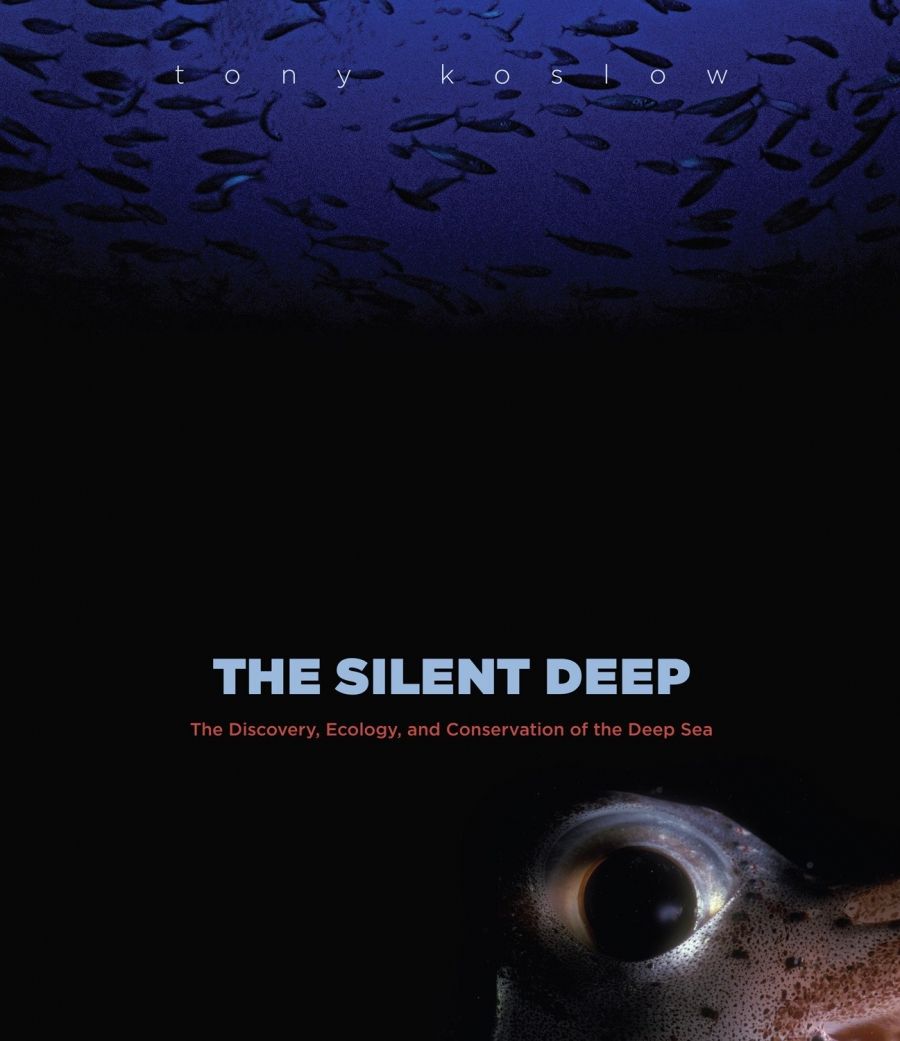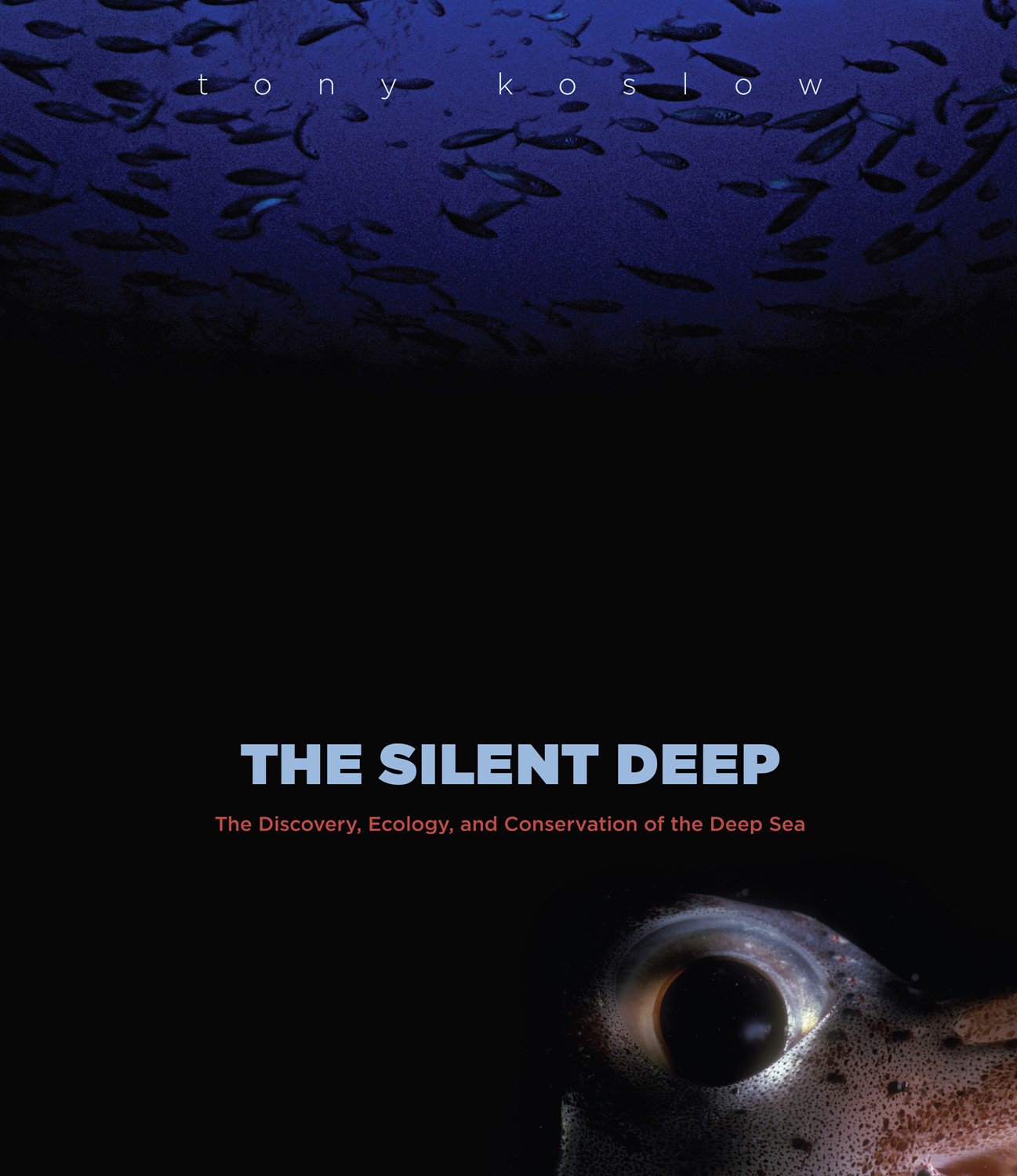
- Free Article: No
- Contents Category: Biology
- Review Article: Yes
- Article Title: An ocean of beauty, a sea of troubles
- Online Only: No
- Custom Highlight Text:
To earn some money as a student in the late 1980s, I did a short stint at CSIRO Marine Laboratories in Perth, identifying deep-sea fish. I spent a couple of weeks up to my armpits in pale, preserved and squashed fish, which were extremely hard to identify, partly because of their misshapen form and lack of colour, but also because many of the species were entirely new to science. Some looked like old, flattened doughnuts and clearly lived on the seabed. Others were compressed sideways and had light-emitting organs on their sides, strange plate-like structures or razor-sharp serrations along their bellies, and were clearly more adapted to a mid-water mode of existence. But without exception, these fish were drab and dead as dead can be. I can only imagine what they must have been like when alive in their natural environment.
- Book 1 Title: The Silent Deep
- Book 1 Subtitle: The discovery, ecology and conservation of the deep sea
- Book 1 Biblio: UNSW Press, $49.95 hb, 270 pp
- Book 1 Cover Small (400 x 600):

- Book 1 Cover (800 x 1200):

To my delight, Tony Koslow’s The Silent Deep breathes life and colour into these fish and other deep-sea organisms. He accomplishes this through detailed, lucid descriptions of the myriad species and forms that live below the surface waters of the oceans, through scholarly explanations of the nature of the deep-sea environment and through the use of well-constructed illustrations and beautiful photographs. Koslow, a marine scientist who has worked and published widely in this area for several decades and who is now director of the California Cooperative Oceanic Fisheries Investigations, at the Scripps Institution of Oceanography, also takes us on a choppy ride through the attitudes and approaches to this startlingly diverse environment: from lifeless space, to incredible diversity, to potential environmental disaster zone at the hands of dumpers, miners and fishers. The book is divided into three parts: ‘history of deep-sea exploration’, ‘ecology of the deep sea’ and ‘the human footprint on the deep sea’. The chapters are liberally strewn with references, which will be a boon for the student or interested reader who wants to delve deeper into specific research topics and events. Most scientific terms are defined in the text, but there is also a glossary at the back of the book for easy reference.
The first part describes human relationships with the deep sea, from ancient times to the early nineteenth century. There is little for Koslow to go on in terms of hard data and descriptions prior to the 1800s, but the enduring question through the ages seemed to be: was their life in the depths of the ocean? It seemed antithetical that animals and plants could exist where both light and warmth were essentially absent. However, with the advent of more frequent oceanic expeditions for scientific purposes in the late eighteenth to mid nineteenth centuries, scientists began to investigate more than just the surface waters and found that indeed animals did live down there.
The pioneering Challenger expedition, which sailed from England in late 1872, circumnavigated the earth and carried out hundreds of trawls of deep-sea waters over a three-year period, was a watershed for oceanic science. One of the motivating forces behind this expedition was that scientists thought that the quiet, calm, supposedly unchanging environment of the ocean depths might provide missing evolutionary links; the reasoning being that evolution would have slowed or even ceased altogether if organisms did not have to adapt to altered conditions. The thousands of new species that were collected put paid to the idea of a lifeless void in the deep sea, dispelled the myth of missing links and kept dozens of scientists working for two decades. Indeed, the voyage and its results have reverberated through marine science ever since.
The second part deals with the deep-sea environment and the organisms that inhabit it. The drivers of evolution of deep-sea life, light (or, more importantly, the lack of it), pressure, temperature and food availability, are dealt with at length, although some of the fascinating adaptations, like bioluminescence, are not given the justice they deserve. It seems that the deep sea, like space, was – and probably still is – a frontier requiring brave, committed scientists with large budgets. Early (1950s and 1960s) exploration, especially involving manned submersibles, was fraught with danger and limited by available technology. As technology improved, more and more was revealed. As trawls, corers and submersibles became increasingly sophisticated, scientists began to quantify the diversity of life in the deep parts of the ocean. Koslow draws parallels with tropical rainforests and with the huge diversity of invertebrates associated with the canopies of trees.
Deep-sea sediments offer a similarly rich animal life, seemingly incongruous with the relatively uniform and food-poor environment, and similarly provide an opportunity for exploring, both empirically and theoretically, why some environments are so diverse and some are not. Deep-sea vents, seamounts and coral reefs, and the organisms that inhabit them, receive considerable attention in the book. They deserve this because of the unique life forms associated with them – such as giant clams and tube worms, which live on the by-products of sulphur-reducing bacteria or fish that live to 150 years – and because of their increasing exploitation by deep-sea fisheries.
Which brings me to the depressing final part of the book. Frankly, the section on the human footprint on the deep sea scared the pants off me. This is where Koslow sounds a warning to those who might think that the deep sea can at best be ignored and at worst be used as a dumping ground for all the world’s wastes. He provides stark descriptions of the tens of thousands of drums of nuclear waste, industrial sewage, anti-fouling agents, chlorinated hydrocarbons and heavy metals dumped in shallow and deep waters since the end of World War II; not to mention fallout from atmospheric nuclear testing.
Fortunately, people have woken up to this as a potential environmental time-bomb, yet there are still advocates of deep sea nuclear waste disposal and proposals for CO2 sequestration. Then there are the effects of deep-sea mining. With millions of tons of manganese, nickel and copper stored in nodules lying on the sea floor between 4000 and 6000 metres down, the potential for a deep-sea mining boom and an ecological nightmare is high. Koslow sees the deep-sea, bottom-trawling fishery as the most urgently needing action to protect the ecology of this environment. Loopholes in international legislation have allowed this particularly destructive industry to slip through the net.
Indeed, the deep sea offers all sorts of opportunities in the way of minerals, energy and fisheries, but Koslow warns that we know so little about this ecosystem that its exploitation is fraught with danger and has potential ramifications for the entire globe. This is no more evident than in the role that the deep sea has played in past, and no doubt future, climate change. The atmosphere and oceans are so intrinsically linked, that it is impossible for one to be affected without the other. Deep-sea sediment cores can extend our knowledge of the earth’s climate back 100 million years, and so provide an unrivalled store of knowledge about the history of our planet.
The book is clearly a labour of love by Koslow: he cares for this particular environment and for the organisms that inhabit it. But the science in The Silent Deep comes through strong and clear as well. Sometimes, perhaps, the science is a little too clinical and lacking in personal detail: Koslow writes like the rigorous scientist that he is, when sometimes a softer touch would have given more depth to the narrative. I found myself wanting to know who the people were that shut themselves into tiny spaces and plunged to unimaginable depths to peer myopically through several inches of foggy glass. Was it true that the Danish government funded the cruise of the Galathea in the early 1950s partly to search for sea monsters? What were some of the stories behind the race by the United States and France to be the first to dive the 10,910 m to the bottom of the Mariana Trench (the United States won, in January 1960)?
This only detracts marginally, however, from what is otherwise an intensely illuminating book about the cold, dark, silent world that lies beneath the surface of our oceans.


Comments powered by CComment